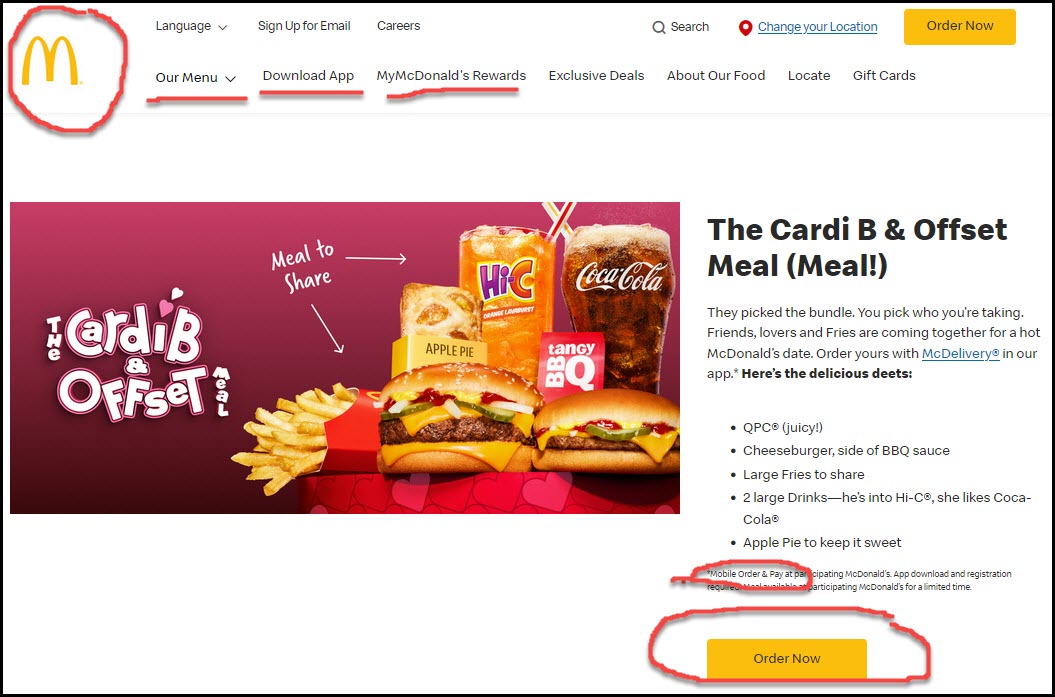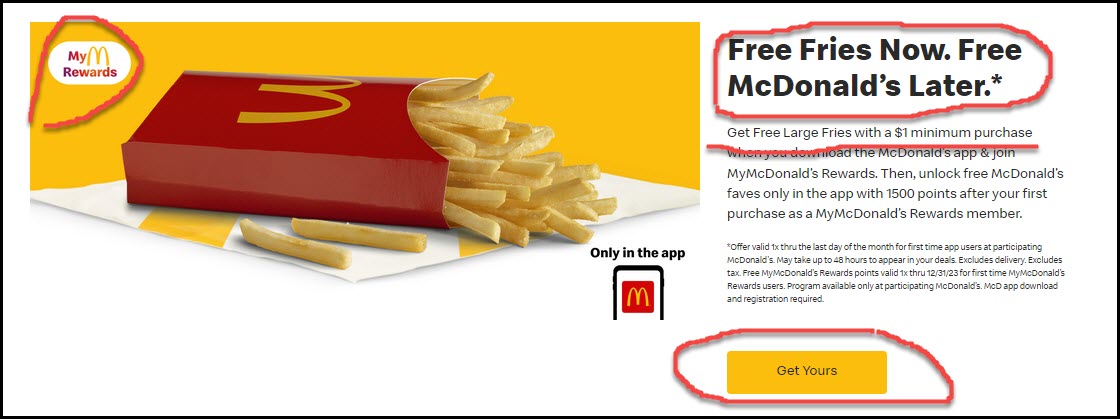What are International Marketing Channels? (5 best)
If you have ever wanted to sell your product or services to international markets, you have come to the right […]
Read More »Become a successful marketing consultant: Learn more

If you want to discover how to market your food business, you have come to the right place.
In this article we review some simple, but effective strategies to help you market your business, and review a world famous example of how the best in the world market their food, and you can, too.
How do I market my food business?
Through the use of a well-defined target audience, a strong brand identity, effective promotional campaigns, a positive customer experience, an omnichannel strategy, and a data-driven marketing strategy, any food business can be successful in marketing their products and services.
As we get started and market your food business, here are two very good articles that will help you build a rock solid foundation for your food marketing plan. In both of these articles, there are lots of great examples of how great food marketers approach marketing their food business:
What is Operational Excellence and Why is it Important?
How is “Free” used in marketing? (5 clever strategies)
Ok, let’s get started and market your food business.

Marketing a food business is a critical component to achieving success.
The ability to reach your target audience and create a lasting impression on them is the key to success.
To understand the process of marketing a food business, let’s look at the example of the famous fast food restaurant, McDonald’s.
McDonald’s is a classic example of an effective food business marketing strategy.
McDonald’s has been successful in reaching its target audience, creating a lasting impression and staying relevant in the ever-changing food industry.
Their success can be attributed to their ability to focus on their core strengths and develop an effective marketing strategy.
McDonald’s has identified their target audience as the younger population and families. This is done by focusing their marketing efforts on the younger demographic, such as through the use of television and radio advertisements, as well as through social media platforms.
McDonald’s has done this by creating an iconic logo and slogan, “I’m lovin’ it.” This logo and slogan give McDonald’s a recognizable identity that resonates with their target audience. The logo and slogan also create an emotional connection with the audience, making them more likely to remember and purchase from the brand.
McDonald’s has done this through the use of various promotional campaigns. These campaigns have included offering discounts and promotions, such as the “2 for 1” deal and the “Happy Meal” promotion. These campaigns have been effective in attracting new customers to the brand and in encouraging existing customers to purchase more frequently.
For 3 great articles on creating promotional campaigns, go here:
McDonald’s has done this by providing quick service, clean environments, and friendly staff. This experience has been attractive to customers, resulting in greater customer loyalty and a higher rate of return visits.
Creating a positive customer experience in a food business begins with a well-trained and friendly staff. Employees should be knowledgeable about the menu items, able to answer customer questions, and provide excellent customer service. The atmosphere of the restaurant should be welcoming and inviting, with clean and comfortable seating and décor. Additionally, the food should be served quickly, hot, and correctly to the customer’s specifications.
When customers work with a food business or a restaurant, they should be greeted warmly and offered assistance with their order whether in person, online or on the phone.
They should be allowed to take their time when making their selections, and it is important to offer helpful suggestions if they are having difficulty deciding. It is also important to check on customers during their meal to make sure that they have everything they need.
To create a positive customer experience, the food business should also offer a variety of payment options, such as cash, credit cards, or even mobile payments. Additionally, the restaurant should be able to accommodate special dietary needs and preferences, such as vegetarian or vegan meals.
Finally, in order to provide a positive customer experience, the restaurant should offer a loyalty program or rewards system. This will help keep customers coming back and will help build a rapport with them. The rewards could be in the form of discounts on meals, freebies, or even special events.
By providing excellent customer service, a warm and inviting atmosphere, and loyalty programs, a food business can create a positive customer experience that will keep customers coming back.
To separate yourself from every other business, and stay ahead of your customer needs, visit this excellent article:
I’m the Nice Customer … Who is Never Coming Back …
This involves utilizing multiple channels in order to reach a larger audience. McDonald’s has done this through the use of television, radio, and digital advertising. Additionally, they have created a strong presence on social media platforms, such as Facebook and Twitter. This has enabled them to reach a larger audience and to create a more personalized experience for customers.
This involves using data to make informed decisions about marketing campaigns, such as which campaigns to prioritize and which channels to focus on. McDonald’s has done this by using customer data to create targeted campaigns and by using analytics to measure the effectiveness of their campaigns.
Here is an excellent article for your review:
What is Data Driven Marketing? (+examples)
By utilizing these steps, McDonald’s has been very successful in marketing their food business. It is important to note that each business will have its own unique needs and strategies, but the general principles outlined here can be applied to any food business.
Through the use of a well-defined target audience, a strong brand identity, effective promotional campaigns, a positive customer experience, an omnichannel strategy, and a data-driven marketing strategy, any food business can be successful in marketing their products and services.
For a great article on important data every food business should track, go here:
Food manufacturing financial ratios (Hormel vs Pepsi vs Nestle)
Most important restaurant industry financial ratios (+examples)
For more helpful tools, resources and articles on marketing your food business, go here:
Creating a successful marketing strategy for a food business requires a combination of market analysis, goal setting, and creative promotional tactics.
Market analysis involves understanding the target market—who the customers are, what their needs are, and how the business can fulfill those needs.
Goals should be specific and measurable, such as increasing the number of customers by a certain percentage or launching a new product in a certain amount of time.
Creative promotional tactics can include utilizing social media, creating a website, offering discounts, and participating in community events.
Additionally, understanding the competition and positioning the business in a unique way can help create a successful marketing strategy.
Depending on the size and budget of the business, marketing techniques to promote the food business can include traditional and digital tactics.
Traditional tactics such as television, radio, and print advertising allow the business to reach a large audience, but can be costly. Digital tactics such as social media, email campaigns, and website design can be more cost effective and help to increase brand awareness and reach a large audience.
Additionally, word of mouth, referrals, and public relations can be effective marketing techniques.
Measuring the success of food business marketing efforts is essential, as it helps to determine which tactics are working and which ones aren’t, and adjust the strategy accordingly.
The most common ways to measure success include tracking website visits, analyzing sales data, monitoring social media engagement, and conducting customer surveys.
Additionally, tracking the return on investment (ROI) of each marketing tactic can help to determine which techniques are most effective and should be utilized more often. Monitoring the competition and understanding the market can also help to measure the success of the marketing efforts.